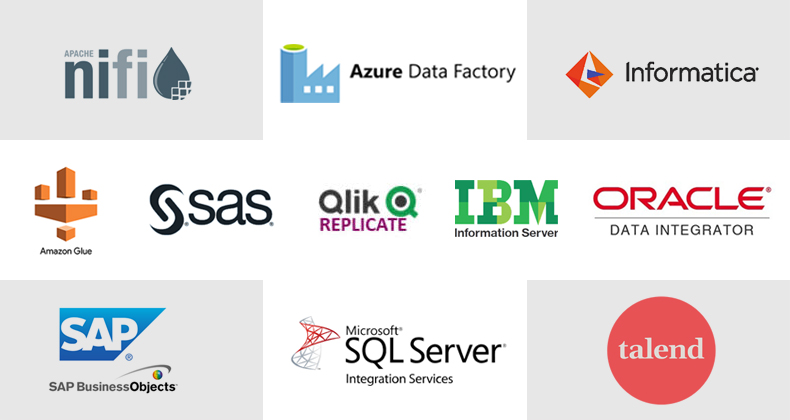
Data integration has become a critical function for organizations of all sizes, enabling them to combine data from various sources and unlock its full potential. In 2024, the data integration landscape offers a diverse range of tools to cater to specific needs and budgets. Here’s a breakdown of popular categories and leading contenders:
Enterprise-grade Data Integration Platforms:
- Informatica PowerCenter: Offers robust data integration capabilities, including ETL, ELT, and real-time data processing. Highly scalable and secure, but may be complex for smaller teams.
- Talend Open Studio: A free and open-source platform with a comprehensive set of data integration features. Requires technical expertise for setup and customization.
- Microsoft Azure Data Factory: A cloud-based platform for data integration and data pipelines, offering a wide range of connectors and functionalities. Integrates well with other Azure services.
- AWS Glue: A serverless data integration service for AWS environments, offering ETL/ELT capabilities and machine learning features.
- IBM InfoSphere DataStage: A high-performance data integration platform for complex data processing and transformation tasks. Ideal for large enterprises with significant data volumes.
Cloud-based Data Integration Tools:
- Fivetran: Offers automated data pipelines for popular SaaS applications, simplifying data integration for business intelligence and analytics.
- Stitch: Another cloud-based tool for automated data integration from various sources to data warehouses and analytics platforms.
- Hevo Data: Provides pre-built connectors and automated data pipelines for cloud-based data integration. Offers flexible pricing plans for different needs.
- Zapier: Connects various applications and services without requiring coding knowledge. Ideal for simple data integration tasks and automating workflows.
Open-source Options:
- Airbyte: An open-source platform for building data pipelines with a focus on ease of use and scalability.
- Luigi: A Python library for building data pipelines with complex dependencies and orchestration capabilities. Requires programming skills.
Choosing the Right Tool:
- Data sources and volume: Consider the types and amount of data you need to integrate and their locations (cloud, on-premise).
- Integration complexity: Evaluate the complexity of data transformations and processing required.
- Technical expertise: Assess the technical skills available for managing and maintaining the tool.
- Budget: Explore both free and paid options, considering the features and value you need.
- Scalability and security: Choose a tool that can grow with your needs and adheres to data security best practices.
Emerging Trends:
- Cloud-native solutions: Gaining popularity for their scalability, ease of access, and integration with other cloud services.
- AI-powered data integration: Tools are incorporating AI for automated data discovery, schema matching, and anomaly detection.
- Focus on low-code/no-code solutions: Enabling easier data integration for non-technical users through drag-and-drop interfaces and pre-built connectors.
- Real-time data integration: Becoming increasingly important for streaming analytics and near-instant insights.
Choosing the right data integration tool requires careful consideration of your specific needs and goals. Explore different options, consider free trials, and involve relevant stakeholders in the selection process to ensure the chosen tool empowers you to optimize your data pipelines and unlock valuable insights from your data.
Say goodbye to the hassles of bike ownership! MotoShare.in offers affordable rentals, whether you need a scooter for errands, a bike for a road trip, or a reliable ride to explore new cities.

 Starting: 1st of Every Month
Starting: 1st of Every Month  +91 8409492687
+91 8409492687  Contact@DevOpsSchool.com
Contact@DevOpsSchool.com
